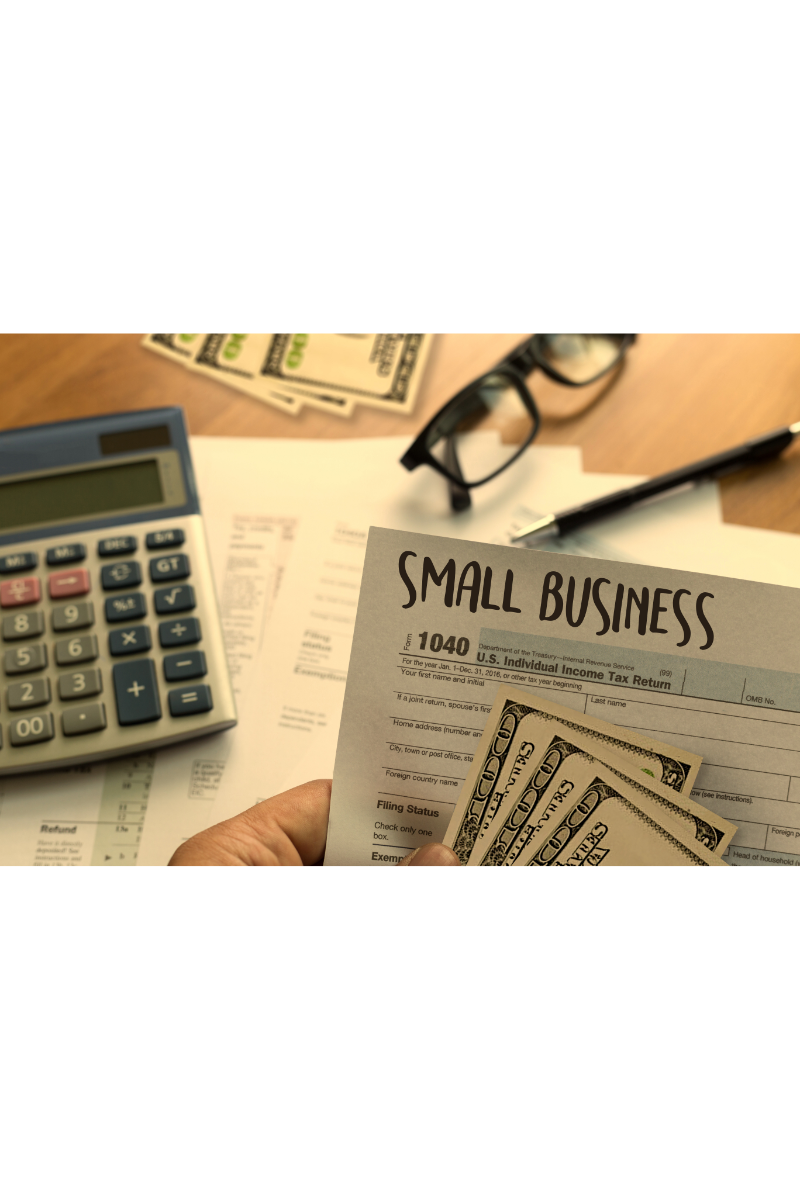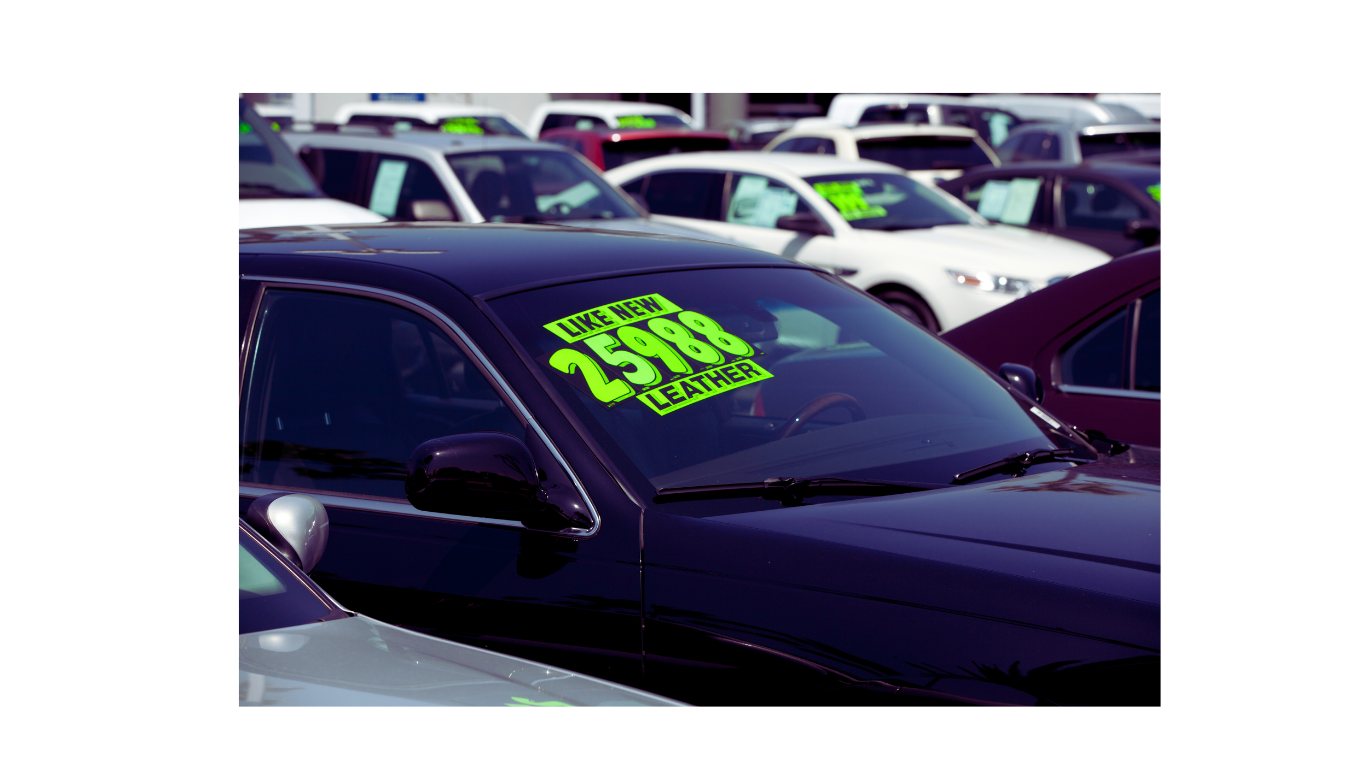By Steven Conway
•
June 11, 2025
If you own a business in Oklahoma—whether it's a coffee shop in Norman, a contractor in Moore, or a bakery in Edmond—you’ve probably asked yourself, “How much should I be paying for insurance?” It’s a smart question. Business insurance isn’t just a legal box to check. It’s about protecting your dream, your income, and the people who help make it happen every day. While our focus is on serving Oklahoma businesses, it’s worth noting that Conway Insurance is also licensed in Texas. So if you have operations across state lines or are expanding, we’ve got you covered there too. In this guide, we’ll break down what business insurance really costs, why it varies so much, and how you can keep premiums manageable without leaving yourself exposed. No industry speak. Just straight answers, examples from right here in our state, and a few tips from folks who’ve seen a thing or two. 🧐 The Real-World Cost of Business Insurance in Oklahoma. Let’s start with the numbers. These aren’t just for OKC and Tulsa—we’re talking about the real-world costs faced by business owners from Altus to Miami, from Woodward to Idabel, and everywhere in between. On average, here's what small business owners in Oklahoma are paying each month: - General Liability : $50–$125 - Commercial Property : $75–$250 - Workers’ Compensation (per employee): $90–$300 - Commercial Auto : $100–$175 per vehicle - Business Owner’s Policy (BOP) : $100–$275 💡 Pro Tip: Bundling policies into a BOP can save you up to 25%—and keep the paperwork to a minimum. Last month, we worked with a contractor in Moore who was paying over $6,000 annually through a direct carrier. After reviewing their setup, we bundled their coverage through two A-rated carriers and dropped their premium to $4,700—plus added inland marine coverage they didn’t even know they needed. Their response? “Why didn’t someone show me this sooner?” 🧐 Why Insurance Costs Vary from Business to Business? We get this a lot: “Why is my friend’s insurance cheaper than mine?” And the answer is, it depends. Insurance is priced based on risk—and risk looks different depending on what you do, where you are, and how much coverage you need. Your industry is a major factor. A retail store has fewer hazards than a construction company. Your location matters too. Businesses in hail-prone or high-crime ZIP codes will generally pay more. Then there’s your payroll and revenue. Higher revenue typically means more exposure, and more employees means a bigger workers’ comp bill. Your claims history also plays a role. If you’ve had several recent claims, your rate will reflect that. But if you’ve been claim-free, you may qualify for credits or preferred pricing. 💰 How to Pay Less Without Cutting Coverage? Let’s be honest: Nobody loves paying for insurance. But there are ways to get the coverage you need at a price that doesn’t sting. a. Bundle everything you can. That’s why BOPs exist—to combine liability and property into one, simplified (and discounted) plan. b. Ask about discounts. You’d be surprised how many carriers offer savings for things like monitored alarms, e-signatures, or safety training. c. Control your losses. Prevent claims by maintaining safe workplaces, training staff, and checking equipment regularly. Carriers reward businesses that take risk seriously. d. Review your policy every year. Businesses evolve. So should your coverage. We’ve seen folks still paying premiums based on outdated revenue or property values. e. Work with an independent agent . Captive agents are tied to one brand. We’re not. At Conway Insurance , we look at the whole market to find the best fit you — not just the “in-house” option. 💬 A client in Yukon put it best: “I thought I was covered until y’all pointed out two gaps in my old policy. Now I’ve got better protection and I’m paying less. It was a no-brainer.” 🌪️ Business Insurance Isn’t Just a “Nice to Have”. We live in Tornado Alley. That means storms, hail, wind, and unpredictable weather are just part of life. But there are other risks too— data breaches , customer injuries, and even broken HVAC systems during a heatwave. One uninsured event can wipe out everything you’ve worked for. Good business insurance gives you staying power. Whether you're a bakery in Edmond, a tech startup in OKC, or a landscaping crew in Mustang, the right policy keeps your business running when the unexpected happens. We’re not here to scare you—we’re here to help you sleep better at night. 🗓️ Ready to Talk Through Your Options? We’re Conway Insurance , and we’ve helped thousands of Oklahoma business owners—and many in Texas too—get protected without overpaying. We’ll ask the right questions, explain the fine print, and recommend coverage that makes sense—not just for today, but for where you’re headed. 📞 Call us at 405-733-2886 📅 Or schedule your appointment online Let’s make insurance one less thing you have to stress about. Email us directly at steven@conwayinsuranceok.com if you'd rather reach out by message than schedule a call. ✅ Wrapping It Up. Every business is different. But one thing’s true across the board: the right insurance can make or break your future. Don’t guess. Don’t settle. Let’s find the coverage that fits—without the fluff, the hard sell, or the hidden fees. We’re Conway Insurance —based right here in Oklahoma and proudly licensed to serve Texas too. We’ve got your back.


